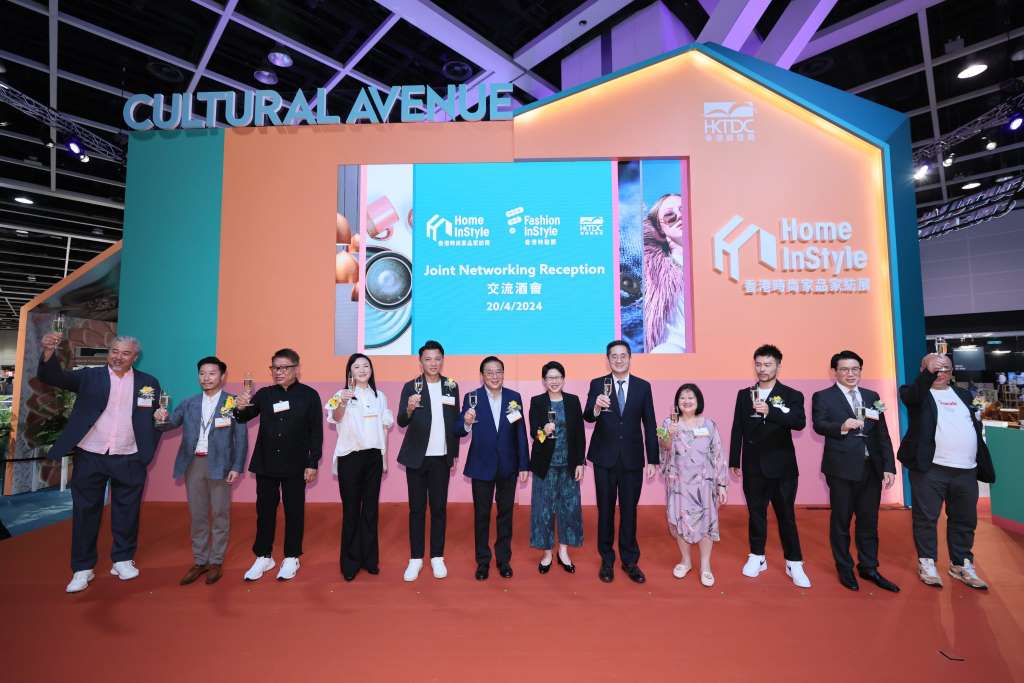
With COVID-19 disrupting apparel sourcing, fast, flexible sourcing has become top priority for fashion companies. A report by McKinsey & Co indicates around 50 per cent companies have started shifting towards a more flexible, fast, sustainable, digitally enhanced and consumer centric sourcing model.
McKinsey & Company’s 2021 Apparel CPO Survey assesses the industry’s progress in this journey and offers some strategies for staying on course. Half the surveyed companies have started revamping their sourcing and design processes and their ways of working.
Sourcing challenges
However, there are likely to be many obstacles ahead for sourcing executives. Challenges like harbor shutdowns, port congestion, container shortages, and capacity issues. Also, demand is likely to spike post-COVID-19 as consumers release their spending power, straining production and transport capacities. Uneven global recovery rates will continue to affect businesses for at least next year. The industry is beset with supply issues due to slowing down of raw material flow from China. For the first time in 10 years, shipping costs are likely to surge for sourcing executives. Raw-material prices are also expected to increase further leading to the further acceleration of companies’ shift to more sustainable fibers.
Barriers to transformation
These disruptions are likely to lead to substantial adjustments and create internal barriers to organizational transformation. Majority of companies are planning to change their assortment planning dramatically and shifting towards reduced product complexity. Others will follow a “less is more” approach, with greater in-season reactivity and reduced options. Fabric consolidation, prebooking among others will continue to grow with virtual design enabling speed and flexibility, cutting development time, and boosting cost efficiency.
Apparel companies need to find the right balance between reliability and flexibility: diversified strategies for flexibility and speed include accessing a larger number of source countries and more frequently using dual or multicountry sourcing. They need to collaborate strategically with trusted suppliers — especially those that invest in digitization and upskilling and are fast and flexible regarding production cycles and batch sizes. Many companies also need to rethink internal structures, tools, capabilities, and processes.
A shift in sourcing officers’ role
Need for internal upskilling and for more skilled suppliers is leading to a shift in the role of sourcing offices; and a holistic change in organizational structures to fit customer demands.
Sourcing executives are at the forefront of digital transformation, driving skills development and ensuring that ownership of these tools resides in the organization. Investment in internal digital upskilling, new tech developments, and other capabilities is paramount. A fully integrated setup is necessary: rather than focusing on selected tools, we urge apparel companies to work on full-scale digital and analytics transformation.
Develop nearshoing capacities
The organization of the future will define calendars that allow for healthy margins: Many calendars are too vague or not granular enough. Investing in the role of calendar manager and clarifying roles and responsibilities will unlock significant value.
It will be vital to develop strategic nearshoring capacities. A clear vision of the requirements of different product types, as well as the development potentials of each sourcing country, is crucial. Setting proper guidelines and KPIs for sourcing organizations, not just for cost but for flexibility and net margin, will help drive the change.
Partnering with suppliers
Partnering with a set of key suppliers is crucial to achieving flexibility and aids transparency. Onboarding suppliers onto the product life-cycle management (PLM) system pays-off quickly, as does achieving full transparency on manufacturing and delivery timelines. At the same time, building the ecosystem beyond Tier I to ensure sufficient and flexible raw-material supply is becoming more important. Creating a digital ecosystem will not only improve speed and flexibility but also provide assurance that products are sustainable and ethically produced.












